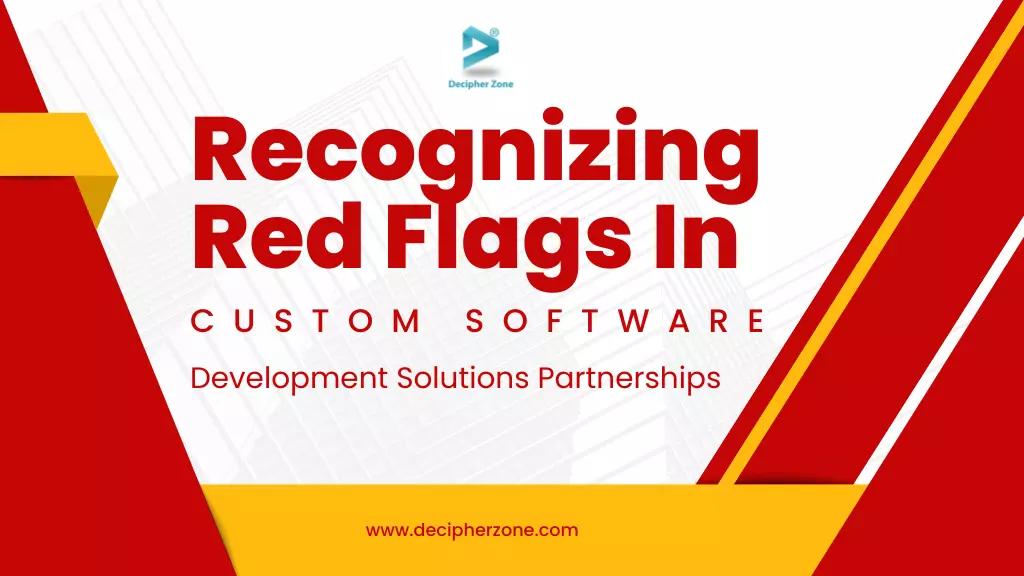How to Recognize Red Flags in Custom Software Development Solutions Partnerships? When choosing a partner for custom software development solutions, a few warning signs can be indicative of future challenges:
-
Price: Choosing the least expensive offer often results in more costs down the line, just as purchasing the cheapest product online often results in poor quality.
-
Technical debt: Inefficient code, lack of tests, and poor documentation.
-
Source code issues: Not owning the final source code or only receiving a licensed product.
-
Communication challenges: Inexperienced offshore/nearshore teams, weak English skills, or a non-transparent process.
Read: Custom Telecom Software Development
It’s not about finding the cheapest, but the most valuable. Initial savings might lead to bigger costs later, such as the need to rebuild the application. Other warning signs include subpar website quality, unclear portfolio, generic feedback, and negative Google reviews.
Evaluating Pricing Models for Custom Software Development Solutions
Many prefer a fixed-price model as it seems to control expenses and guarantee delivery. This model necessitates early decisions on business goals, product specifics, and work scope. However, the time & materials model, often aligned with Agile methods, costs based on actual work hours. It offers flexibility, adapting as project needs evolve.
Read: Custom CMS (Content Management System) Software
Comparing these models:
Scope flexibility:
-
Fixed Price: Limited flexibility as everything is pre-decided.
-
Time & Materials: Adaptable to changing business needs.
Launch speed:
-
Fixed Price: Varies. Speed depends on the initial scope and clarity.
-
Time & Materials: Also varies, but teams can swiftly adapt to changes.
Market fit:
-
Fixed Price: Varies, based on project scope and validation quality.
-
Time & Materials: Higher potential, as the product can evolve during development.
Cost:
-
Fixed Price: Set initially, possibly negotiable.
-
Time & Materials: Fluctuating but can result in higher ROI and better value.
Which model suits you? Both can work for small features or stable markets with clear requirements. Yet, as needs inevitably change, an adaptable approach may serve better.
Read: Custom App Development Methods and Practices
If prioritizing speed-to-market and adaptability, Time & Materials might be preferable, ensuring you deliver what's truly needed. Clear budget communication is paramount.
Choosing a Geographical Model for Software Development
Software development can be sourced based on geography, each having unique pros and cons:
-
Onshoring: Partnering with domestic companies ensures familiar language and cultural interactions. The primary drawback is often the cost.
-
Offshoring: Outsourcing overseas is cost-effective but may introduce communication barriers.
-
Nearshoring: Engaging with firms in similar time zones offers a blend of cost benefits and smoother communication.
-
Hybrid: Combining local management with foreign development merges domestic familiarity with offshore affordability.
Read: Custom Accounting Software
When seeking custom software development solutions, consider these factors for a successful collaboration.

